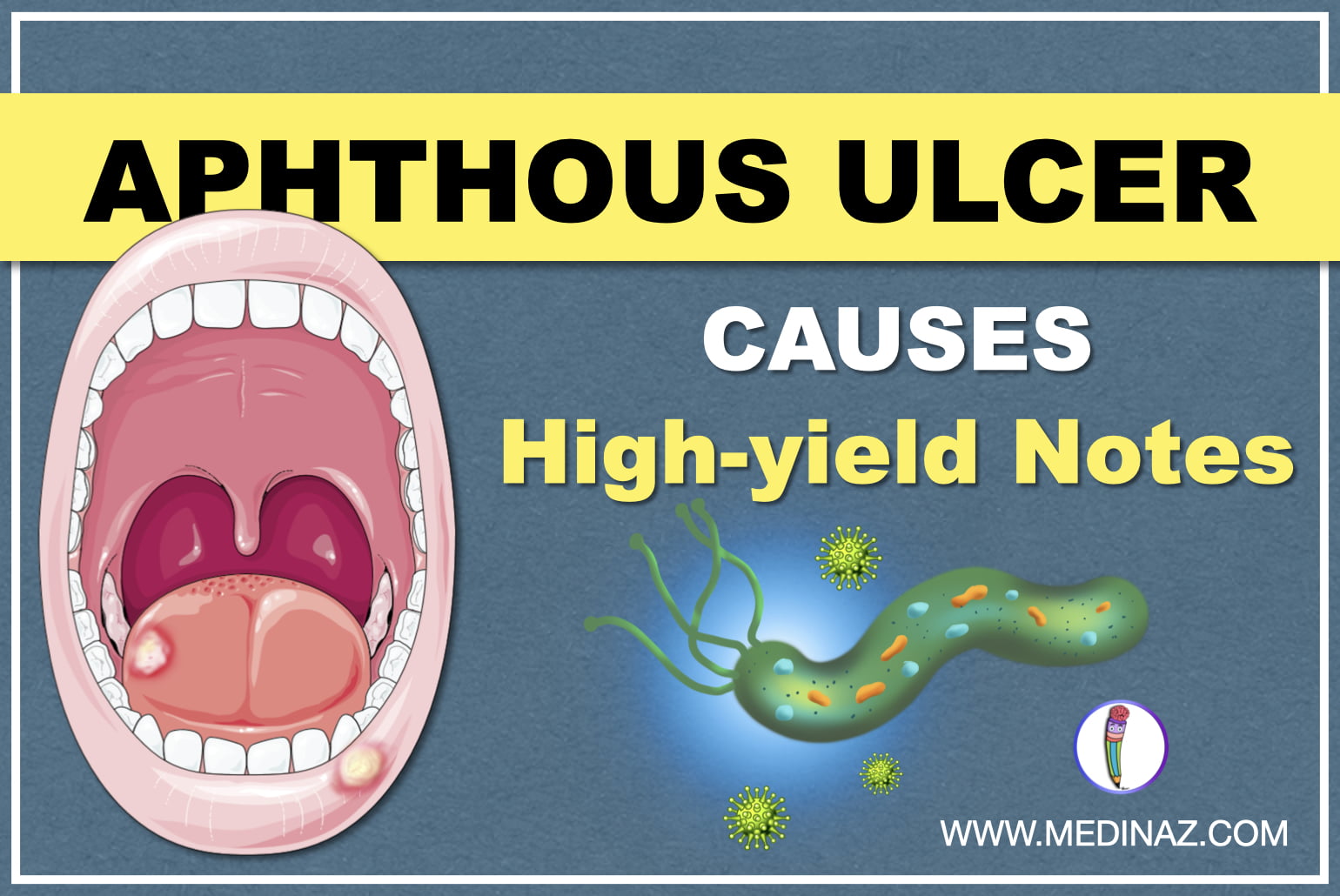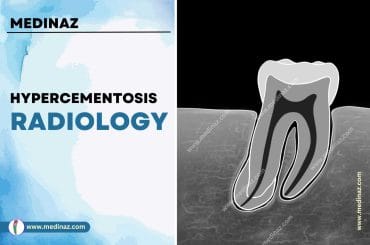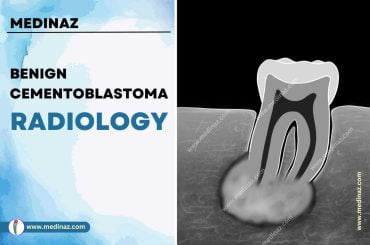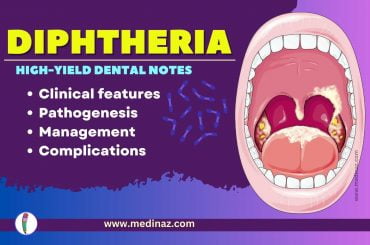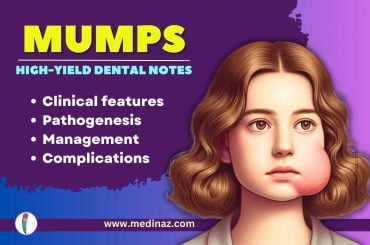This high-yield dental notes is about Aphthous ulcer causes
Aphthous stomatitis is a common ailment, idiopathic in nature, with recurrent painful aphthous ulcers (commonly termed “canker sores”) on the non-keratinized oral mucous membranes
Table of Contents
Aphthous Ulcer Causes (Etiologic factors)
1. Local factors
- Trauma – Trauma predisposes to Recurrent Aphthous Stomatitis (RAS) by inducing edema and early inflammation. eg. Overzealous brushing.
- Smoking – Negative association with RAS. So, stoppage of smoking can increase the chance of RAS
- Dysregulated saliva composition – Changes in local properties of saliva like pH, stress induced increase in saliva cortisol has correlation with RAS.
2. Microbial factors as Aphthous Ulcer Causes
- Viral – Possible association with
- CMV
- EBV
- Herpes virus – 6
- VZV
- Bacterial
Helicobacter pylori —> Cause gastric and duodenal ulcers —> Decreased absorption of vitamin B12, B6, B3 —> Leads to RAS
Streptococcus sanguis → Act us antigenic stimulants → Cross react with mitochondrial heat shock proteins of oral keratinocytes → T cell mediated immune response → Oral mucosal damage → RAS
3. Systemic conditions
Some systemic disorders which are associated with RAS
- Behcet syndrome
- Multiple system disorder resulting from vasculitis of small and medium- sized vessels and inflammation of epithelium.
- Characterized by recurrent oral ulcer, genital ulcer and eye lesions.
- RAS is caused by immune complex mediated epithelial cell damage.
- Anti-Saccharomyces cerevisiae antibodies (ASCAs) antibody has been detected in most of the patients.
B. MAGIC syndrome
- Characterized by mouth and genital ulcers inflamed cartilage.
- Patients has clinical features of both Behcet disease and relapsing polychondritis.
C. Crohn disease & Ulcerative colitis
- 10% patients have oral mucosal ulcers
- RAS is possibly because of inflammation of minor salivary gland.
D. Celiac disease
- Auto immune sensitivity to gluten
- RAS prevalence in 4 %- 40% of patients
E. HIV infection
- RAS occurs more frequently, last longer and cause more painful symptoms
- RAS is usually a late finding in AIDs patients CD4+ lymphocytes count < 100 cells/mm3
F. Marshall syndrome/ PFAPA
- It is described as periodic fever, aphthous stomatitis, pharyngitis and cervical adenitis.
G. Cyclic neutropenia
- Present in childhood.
- RAS during periods when neutrophil count is severely depressed.
4. Nutritional factors
- Study says 5% – 10% of RAS patients have low serum iron, folate, zinc, vitamin B, B2, B6, and B12.
- Deficiency of vitamin C and calcium can also precipitate RAS.
- Malabsorption syndrome and gluten sensitivity can cause nutritional deficiency which eventually leads to RAS.
5. Genetic factors
- Children with 2 RAS positive parents have 90% chances of having RAS.
- HLAs (specific) have been identified in RAS patients HLA – A2, HLA – B5, HLA-B12, HLA-B44, HLA-B51, HLA-B52, HLA-DR2, HLA-DR7, HLA-DQ
6. Allergic factors
- Allergy has been suspected as a cause of RAS. Hyper sensitivity to certain food substances, oral microbes such as S.Sanguis, an microbial heat shock protein have been suggested as posible causative factors.
- One report shows Nickel can cause precipitate RAS
- Food items such as milk, cheese, & wheat can cause RAS
- Sodium Lauryl Sulfate (SLS) – commonly found in tooth paste might erode the oral mucin layer, exposing the underlying epithelium, thereby making the individual more susceptible to RAS.
7. Immunologic factors
Different studies show immunologic factors play an important role in RAS such as –
- Cytotoxicity of T- Lymphocytes to oral epithelium
- Antibody – dependent cell mediated cytotoxicity
- Defects in lymphocyte sub-populations
- Deposition of immune complexes within the oral epithelium
Some studies shows-
- Altered CD4+: CD8+ ratio
- Increased level of several cytokines (IL-2, IF-8, TNF-2)
- Increased level of salivary immunoglobulin A (IgA)
8. Psychologic stress
- Stress and psychological imbalance have been associated with RAS. Stressful events tend to correlate more with onset of RAS than the duration of the lesion
- In women, appearance of RAS may coincide with menses.
9. Antioxidants as Aphthous Ulcer Causes
- Erythrocyte superoxide dismutase and catalase seen to be higher in patient with RAS than in normal controls.
10. Medications as Aphthous Ulcer Causes
Some medications have significant association with RAS. Such as –
- NSAIDS
- B-Blockers
- Nicorandil
- Calcineurin
Visit our website www.medinaz.com for more High-yield notes.
A Visual Learning Platform

